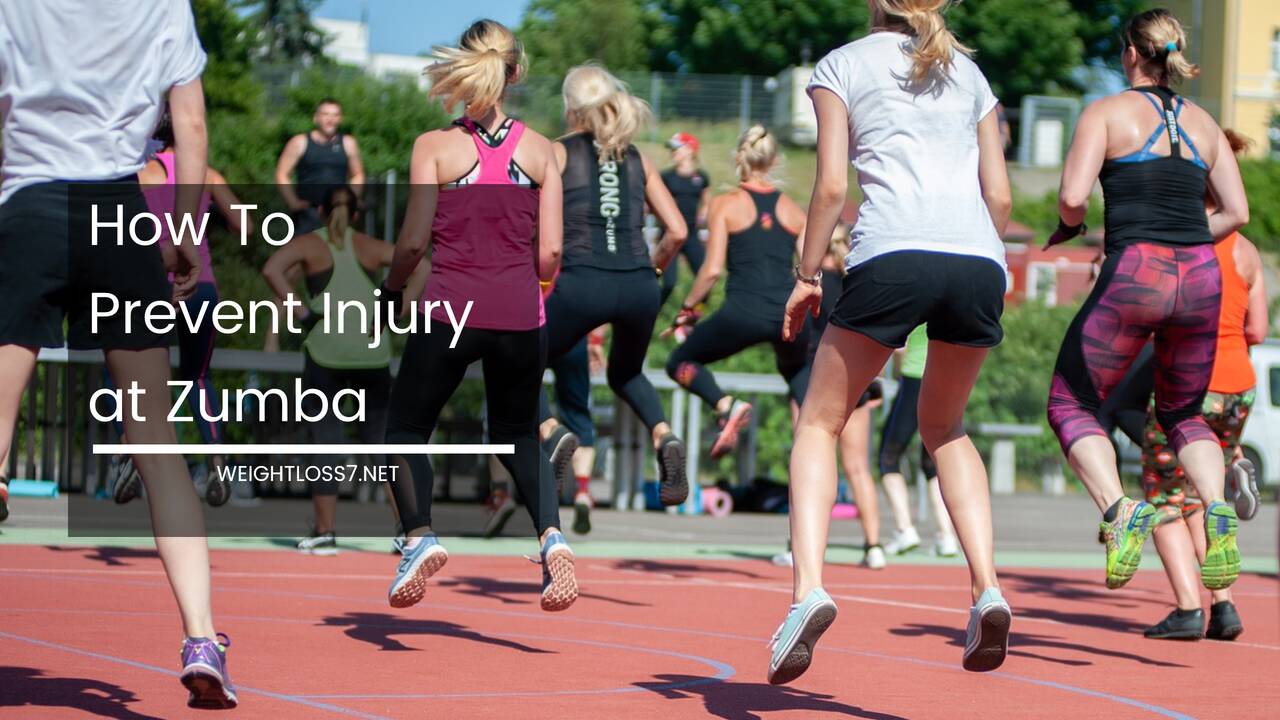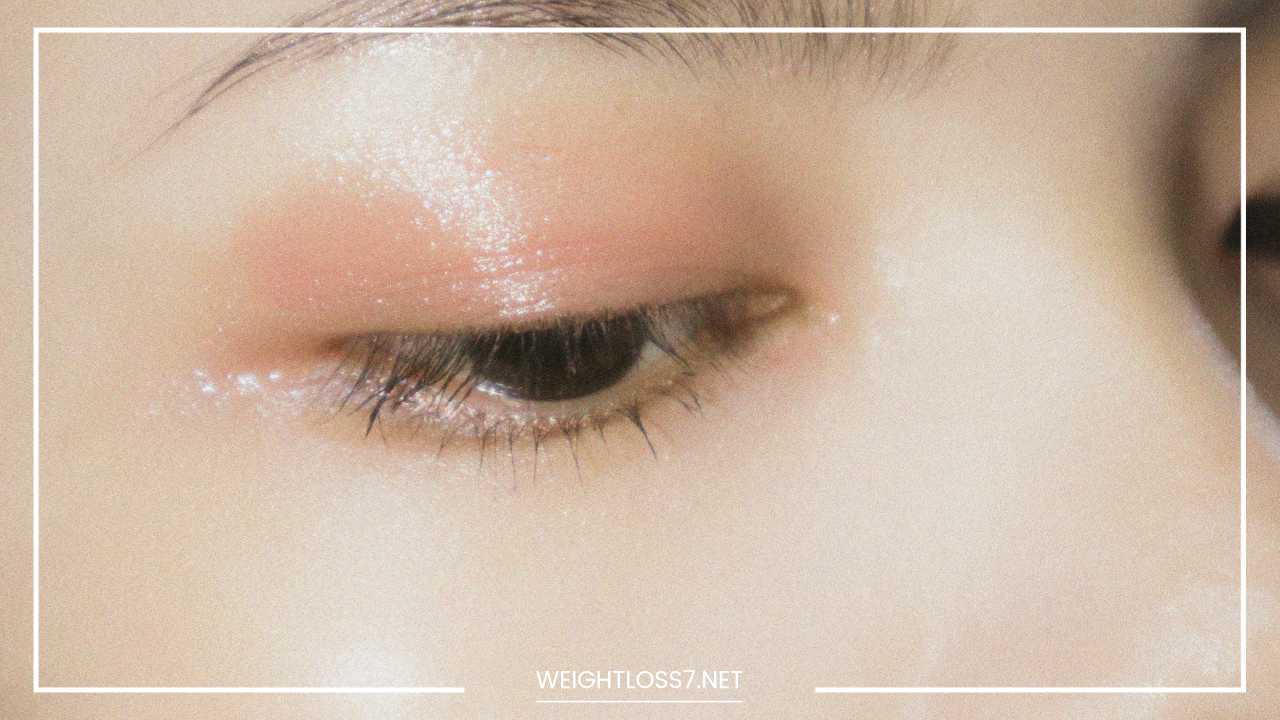How To Prevent Injury at Zumba

Zumba is an exercising trend which seems to have been adopted by the mainstream in record time – the idea of “partying yourself into shape” has seen Zumba graduate from a barely heard of technique a few years back into an omnipresent dance trend that has been appropriated by gyms and fitness classes around the world.
The only problem is that people’s adoption of Zumba with an eager overenthusiasm has often resulted in many of its participants accidentally injuring themselves – ankle and muscle sprains, shin splints and plantar fasciitis are amongst a few of the most common recurring problems.
Many of the main problems come from side-to-side movements that Zumba requires; doing this requires real synchronisation of the hips, knees, ankle and feet all headed in the same direction – falling out of synch can often cause a jarring of the joints which sets up the body for injuries.
It is not uncommon for novices, seeing the activity solely as a bit of fun, to attempt their first few sessions with a lack of preparation and end up with overuse injuries, tweaks in their back or even with a torn meniscus.
Whilst Zumba in and of itself is not a particularly bad thing that should be shied away from, it is suggested that novices, especially those who have not taken any high intensity fitness courses before or for some time, ease their way into the class slowly.
Regardless of how much fun they may have had at their first lesson, it is not advisable to go three or four times a week until they are ready for it and, more importantly, until their bodies are ready for it too.
There are a number of ways that injuries can be avoided and these involve just a small amount of consideration from its practitioners.
Knee injuries often occur when practitioners attempt the Zumba moves on the wrong floors – for those thinking of practising a Zumba step or two at home on hard tile or carpeting, the solution is simple: don’t.
Injuries also occur when the participator forgets to warm up properly, making sure to stretch all of the muscles and joints they will be using, and then after Zumba giving their body a proper warm down.
It is also essential that the right shoe is worn. Whereas it can be tempting to try and plump for trainers and footwear that you believe will compliment your workout outfit as a whole it is better to give some real consideration to what you wear on your feet.
Dance shoes are one of the best choices as they are designed to incorporate pivoting in the feet – something that occurs in Zumba moves with some regularity.
Other problems to consider before attending classes are to make sure that the classes you wish to attend are not oversubscribed; this makes injuries more than likely to happen as it is easy for participants to accidentally get into each other’s way or hit each other with an errant arm or leg.
Similarly, make sure that the class instructor is qualified or know what they are doing.
As the popularity of the exercise has increased, so have chancers who are offering courses without knowing the basics; something that can lead to even more injuries.
Once you have found an appropriate class, invested in appropriate shoes trainers and found a level to work out to which is appropriate to you, Zumba should no longer be as dangerous as it could have been. Stay safe, have fun and get fit at the same time!

















